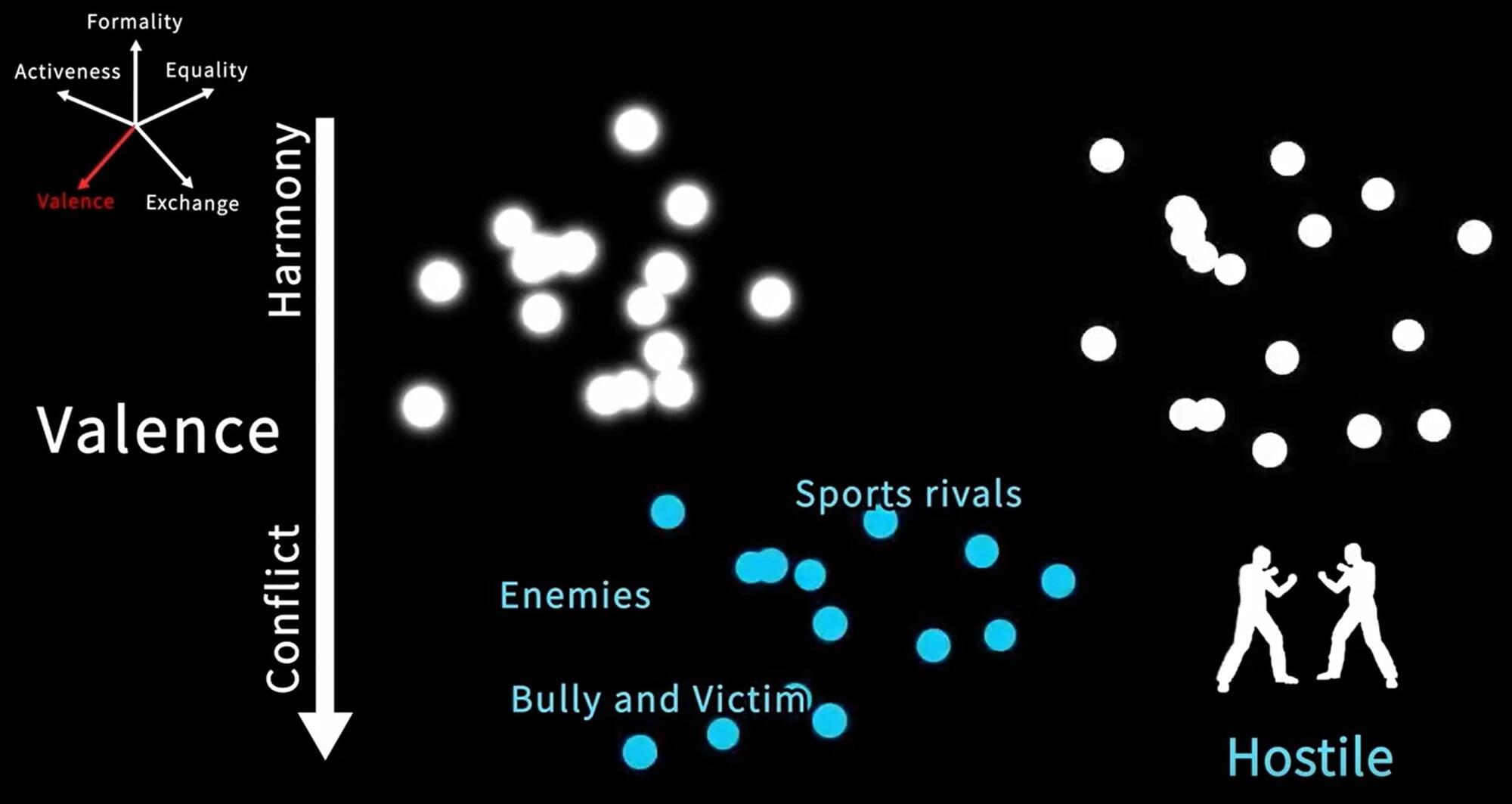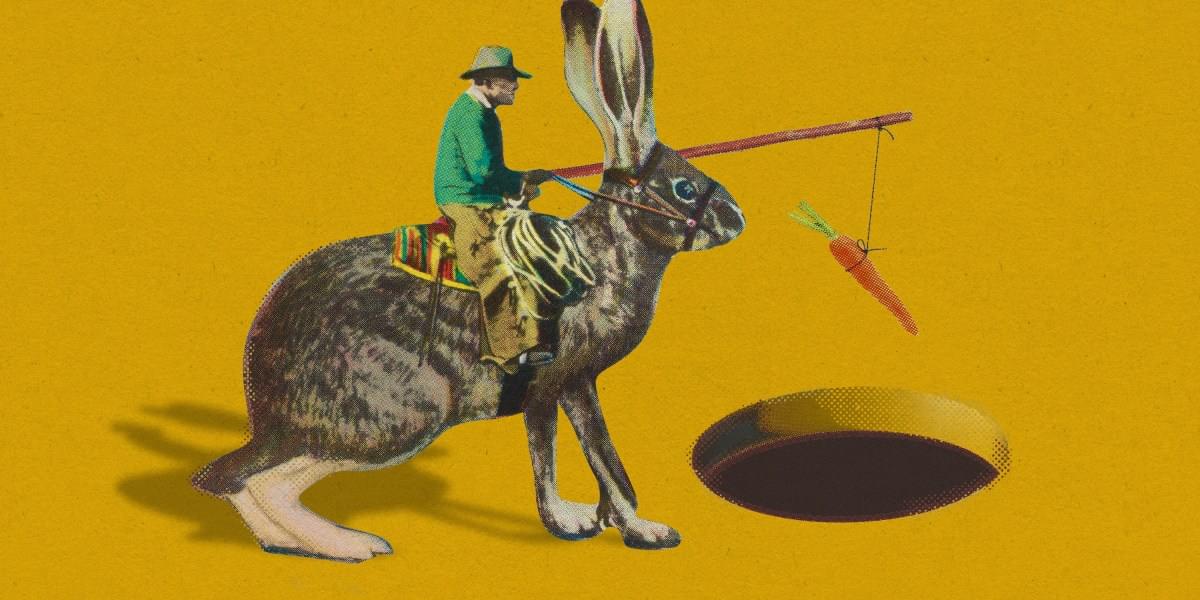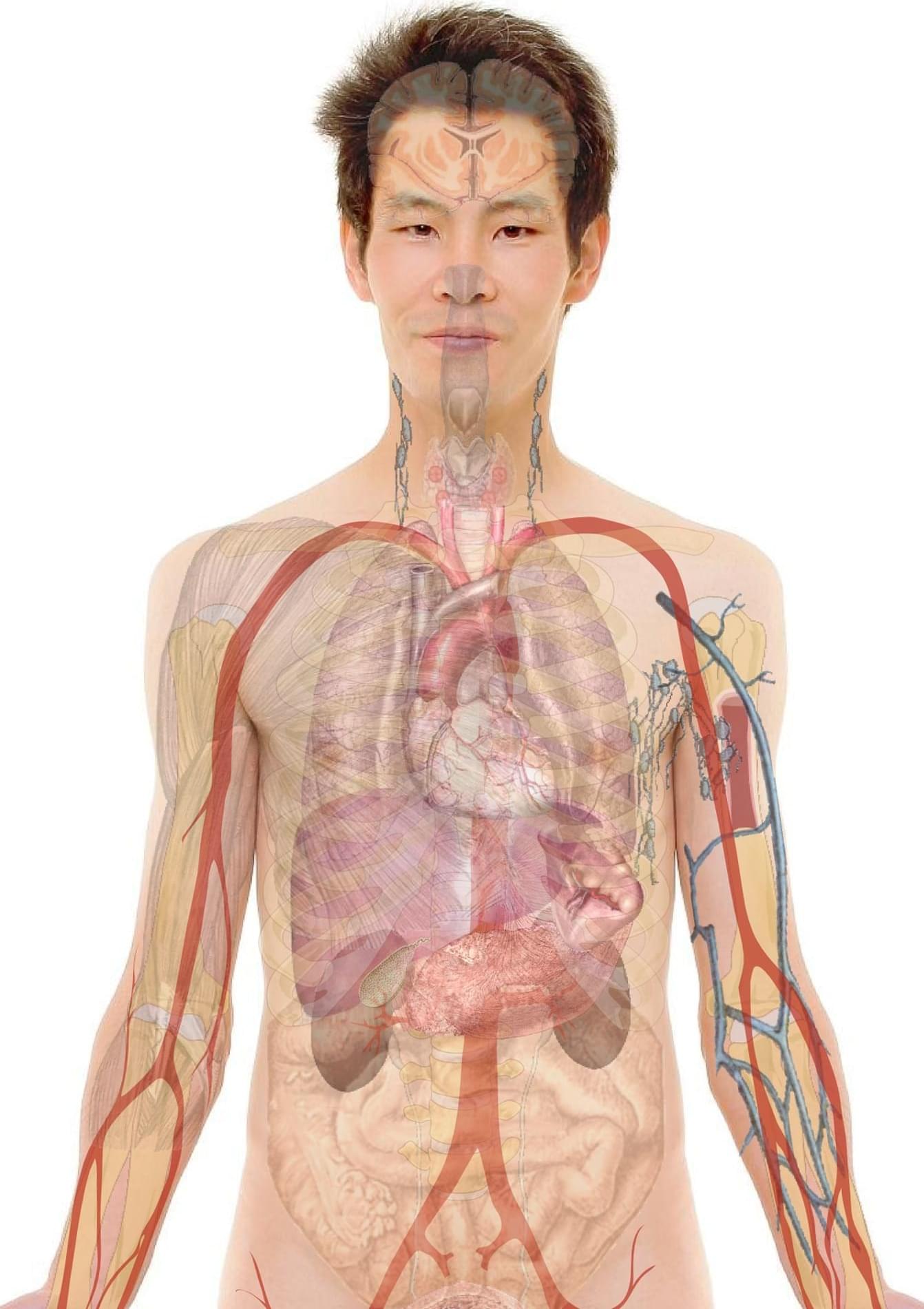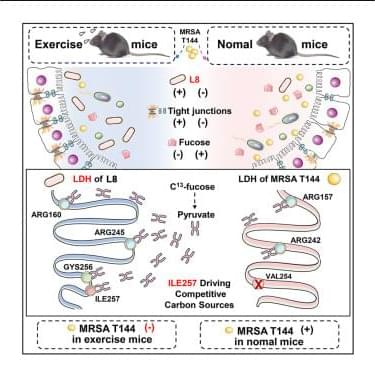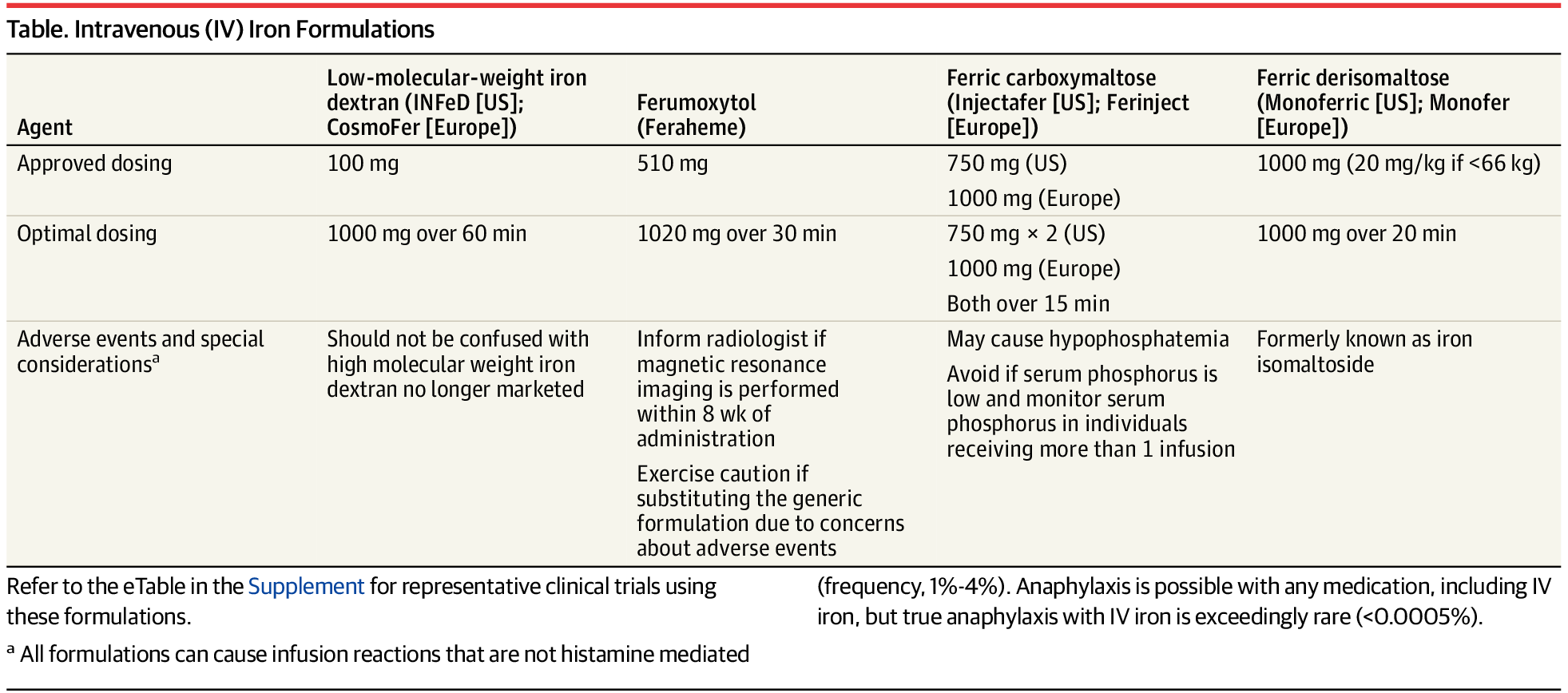Throughout the course of their lives, humans are known to establish and navigate an intricate web of social relationships, ranging from friendships to family bonds, romances, acquaintances, professional relationships and, today, online interactions. Over the past decades, some behavioral scientists have been trying to better understand how people make sense of these different types of relationships.
The overall organization and effects on the well-being of different kinds of social relationships has been widely investigated. However, how people conceptualize them (i.e., mentally make sense of different types of bonds) is not yet fully understood.
Researchers at Beijing Normal University carried out a study aimed at better understanding how humans across time and from different cultural backgrounds make sense of their relationships.
